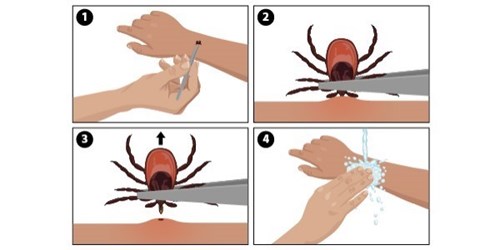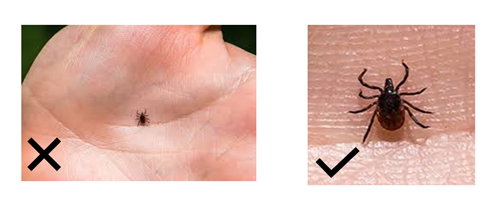Algoma Public Health
Ticks and Tick-borne Diseases
Learn where blacklegged ticks live, how to avoid bites, and the process for submitting a tick locally.
A tick is a tiny bug, about the size of a sesame seed, which feeds on blood. Blacklegged ticks are commonly found in woodlands, tall grasses and bushes. They cannot fly. They move about the ground slowly and settle on tall grasses and bushes until they attach themselves to a person or animal passing by. Ticks are most active in spring and fall.
ON THIS PAGE:
- About Blacklegged Ticks (and How to Avoid Bites)
- How to Submit a Tick
- APH's Tick Surveillance Program
- Tick-borne Diseases
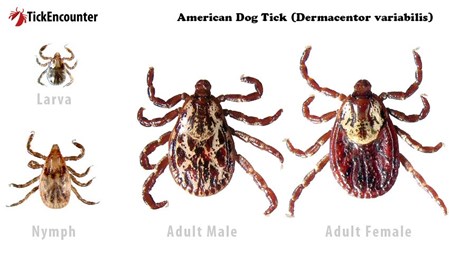
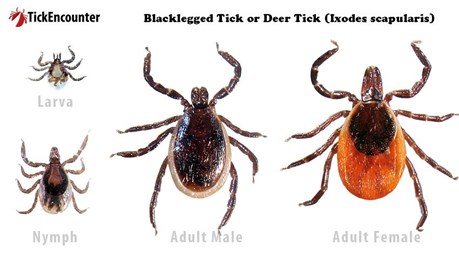
Deer ticks can spread: Anaplasmosis, Babesiosis, Lyme Disease, and Powassan
ABOUT BLACKLEGGED TICKS (AND HOW TO AVOID BITES)
Learn about tick safety around your home through Tick Tools interactive yard.
How-to submit a tick removed from a human or pet
APH’s tick surveillance program monitors the types and location of ticks in Algoma and is used to assess the risk of acquiring Lyme disease or other tick related illnesses. It consists of both passive surveillance and active surveillance:
Passive surveillance: identifying ticks brought to us by members of the public.
Active surveillance: public health professionals collect ticks from their natural habitat. APH uses the tick dragging method which consists of dragging a white flannel cloth over and around vegetation where ticks may be present. APH conducts tick dragging in the spring and fall when blacklegged ticks are most active. Dragging locations are selected based on suitable blacklegged tick habitat (e.g., wooded or brushy areas) or a previous confirmed finding of a blacklegged tick. Active surveillance allows us to identify areas where individuals may be at an increased risk of coming into contact with a blacklegged tick; however, they may still be present in very low numbers at a site where none were found by dragging efforts.
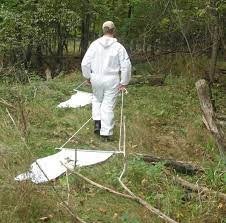
Ontario Agency for Health Protection and Promotion (Public Health Ontario). Tick dragging: standard operating procedure. Toronto, ON: Queen's Printer for Ontario; 2015.











